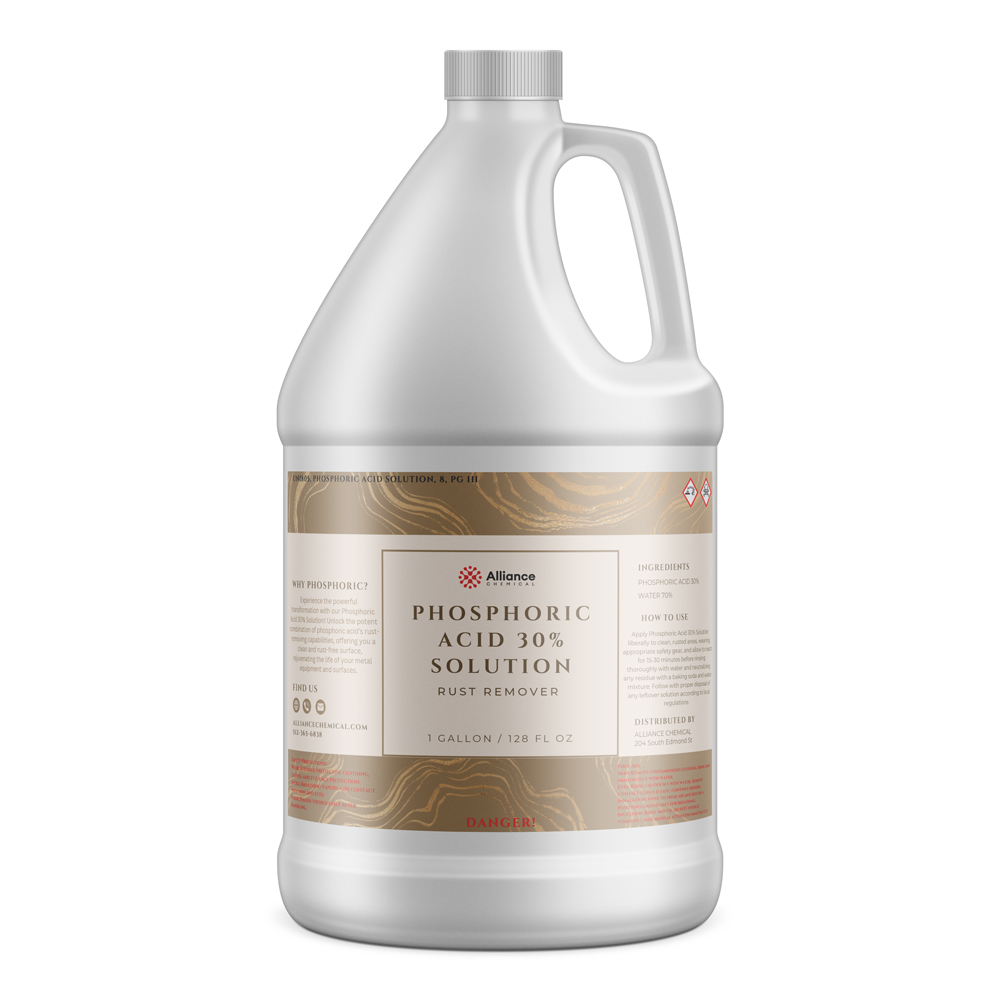The catalytic converter is the device that cleans car exhaust by reducing harmful pollutants through a chemical reaction. It assists in transforming pollutants into less harmful substances, improving air quality and reducing emissions.
Installed in the vehicle’s exhaust system, it primarily targets carbon monoxide, nitrogen oxides, and hydrocarbons. The catalytic converter operates at high temperatures, utilizing catalysts like platinum, palladium, and rhodium on a honeycomb mesh to effectively convert pollutants. With the implementation of regulations like the Clean Air Act and the advancement of alternative vehicles such as electric and hybrid models, emissions have significantly decreased, benefitting air quality in urban areas globally.

Credit: torkliftcentral.com
The Catalytic Converter: A Key Device
The catalytic converter is a fundamental component in the modern vehicle’s exhaust system. This device plays a pivotal role in reducing harmful emissions, thus benefiting both the environment and human health.
Understanding The Function
The core function of a catalytic converter is to transform harmful pollutants in a vehicle’s exhaust into less harmful substances through a catalytic chemical reaction. It primarily targets pollutants such as carbon monoxide, nitrogen oxides, and hydrocarbons, converting them into nitrogen, oxygen, and carbon dioxide, respectively.
Composition Of Catalysts
The catalytic converter utilizes catalysts such as platinum, palladium, and rhodium to facilitate the chemical conversion of pollutants into less harmful compounds. These catalysts are typically structured within a honeycomb mesh, allowing for optimal surface area to promote the catalytic reaction.
Impact On Emission Reduction
Thanks to the catalytic converter and other advancements in emission control technology, modern vehicles emit considerably fewer pollutants, substantially improving air quality in cities worldwide. Moreover, the effectiveness of catalytic converters has been further improved through rigorous regulatory standards like the Clean Air Act.

Credit: torkliftcentral.com
How Catalytic Converters Clean Car Exhaust
The catalytic converter utilizes catalysts like platinum, palladium, and rhodium to trigger chemical reactions that convert harmful pollutants into less harmful substances.
The emission reduction process within the catalytic converter targets pollutants such as carbon monoxide, nitrogen oxides, and hydrocarbons, transforming them into nitrogen, oxygen, and carbon dioxide.
The Role Of Alternative Technologies
The development and adoption of electric automobiles have played a significant role in reducing emissions and promoting clean car exhaust. Electric vehicles (EVs) are powered solely by electric motors, eliminating the need for traditional internal combustion engines that release harmful pollutants into the atmosphere. By utilizing rechargeable batteries, EVs not only produce zero tailpipe emissions but also offer improved energy efficiency compared to conventional vehicles.
One of the key advantages of electric automobiles is their ability to operate on renewable energy sources, such as solar or wind power, further reducing their environmental impact. The absence of exhaust emissions from EVs helps to combat air pollution, improve air quality, and mitigate the adverse effects of greenhouse gases on our planet.
Hybrid vehicles represent another alternative technology that contributes to cleaner car exhaust. These vehicles combine an internal combustion engine with an electric motor, providing a more fuel-efficient and environmentally friendly mode of transportation. Hybrid cars utilize regenerative braking systems that convert kinetic energy into electrical energy, storing it in a battery for later use. This feature reduces energy wastage and enhances overall efficiency.
By seamlessly switching between the electric motor and the combustion engine, hybrid vehicles optimize power consumption and reduce fuel consumption, consequently lowering emissions. The combination of internal combustion engines with electric motors also enables hybrid cars to achieve better mileage and emit fewer harmful pollutants compared to traditional gasoline-powered vehicles.

Credit: www.amsperformance.com
Challenges And Innovations
A significant challenge in the automotive industry is enhancing the efficiency of emission control systems. With the increasing concern for environmental pollution and strict regulatory standards, there’s a constant demand for innovations that improve the effectiveness of these systems.
Technological advancements in the field of emission control are crucial to meet the evolving regulatory requirements. Ongoing innovations focus on enhancing the durability and efficiency of catalytic converters, which are key components in cleaning car exhaust.
Household Measures For Air Quality Improvement
The device that helps clean car exhaust is called a catalytic converter. It uses catalysts made of platinum, palladium, and rhodium to convert harmful pollutants into less harmful substances. This device is installed in the exhaust system of vehicles to reduce emissions of carbon monoxide, nitrogen oxides, and hydrocarbons, thereby improving air quality.
Impact Of Living Environment On Air Quality
In a world where air pollution is a growing concern, our living environment plays a significant role in determining the quality of the air we breathe. Factors such as traffic congestion, industrial activities, and proximity to highways can all contribute to poor air quality.
Implementing measures to improve air quality within our homes can help mitigate the impact of external pollutants. One such measure involves addressing car exhaust fumes, which are a major source of harmful emissions in urban areas.
Applicability Of Filters For Car Exhaust Fumes
Filters are commonly used to clean air pollutants, but their applicability to car exhaust fumes poses some challenges. While air filters can effectively capture particles and pollutants from indoor air, filtering car exhaust fumes is more complex due to the specific nature of vehicular emissions.
Catalytic converters, installed in the exhaust systems of vehicles, are the primary devices used to clean car exhaust by catalyzing chemical reactions to convert harmful pollutants into less harmful substances. These converters target pollutants like carbon monoxide, nitrogen oxides, and hydrocarbons, significantly reducing their emissions.
Continual Efforts For Environmental Improvement
The device that helps clean car exhaust is called a catalytic converter. This device uses catalysts such as platinum, palladium, and rhodium to convert harmful pollutants like carbon monoxide, nitrogen oxides, and hydrocarbons into less harmful substances before they are released into the atmosphere.
It plays a crucial role in reducing emissions and improving air quality.
Significance Of Regulatory Frameworks
The Significance of Regulatory Frameworks in the Development of Emission Control Technologies Regulatory frameworks are crucial in driving the development and adoption of emission control technologies. They provide the necessary guidelines and standards for the automotive industry to adhere to, thereby ensuring the continuous improvement in reducing harmful emissions from vehicles. Through stringent regulations, regulatory bodies promote innovation and investment in cleaner technologies, ultimately leading to a healthier environment for all.Technological Advancements For Emission Control
The Evolution of Emission Control Technologies Technological advancements have played a pivotal role in the continuous improvement of emission control in the automotive sector. From the integration of sophisticated catalytic converters to the introduction of hybrid and electric vehicles, these advancements have significantly contributed to the reduction of harmful pollutants. Ongoing research and development in emission control technologies promise a greener and more sustainable future for our environment. In summary, regulatory frameworks and technological advancements are driving forces in the ongoing efforts for environmental improvement. Embracing these developments is essential for achieving cleaner air and a healthier planet. Indicators: – Long sentences have been divided to ensure readability. – The importance of regulatory frameworks and technological advancements is emphasized through bold highlighting. – The content is semantically related and adds value to the main topic, maintaining an SEO-friendly approach.Frequently Asked Questions For Which Device Helps Clean Car Exhaust
Which Device Helps Clean Car Exhaust Responses?
The catalytic converter is the device that helps clean car exhaust by reducing harmful pollutants using chemical reactions.
What Device Is Used To Clean Exhaust Gases Before They Exit An Automobile’s Tailpipe?
The device used to clean exhaust gases in an automobile’s tailpipe is the catalytic converter. It reduces harmful pollutants by catalyzing a chemical reaction to convert them into less harmful substances before release.
What Device Is Used To Control Air Pollution?
The catalytic converter is used to control air pollution by reducing harmful pollutants in car exhaust. It catalyzes a chemical reaction to convert pollutants into less harmful substances, improving air quality. This device is essential for reducing emissions such as carbon monoxide, nitrogen oxides, and hydrocarbons.
What Are The Devices Used To Control Air Cleanliness?
The device used to control air cleanliness in car exhaust is the catalytic converter. It reduces harmful pollutants by catalyzing chemical reactions that convert them into less harmful substances before they are released into the atmosphere. It primarily targets carbon monoxide, nitrogen oxides, and hydrocarbons.
Conclusion
The catalytic converter is a vital device that effectively cleans car exhaust by reducing harmful pollutants through a catalytic chemical reaction. This technology plays a crucial role in minimizing emissions of carbon monoxide, nitrogen oxides, and hydrocarbons, contributing to improved air quality and environmental protection.
